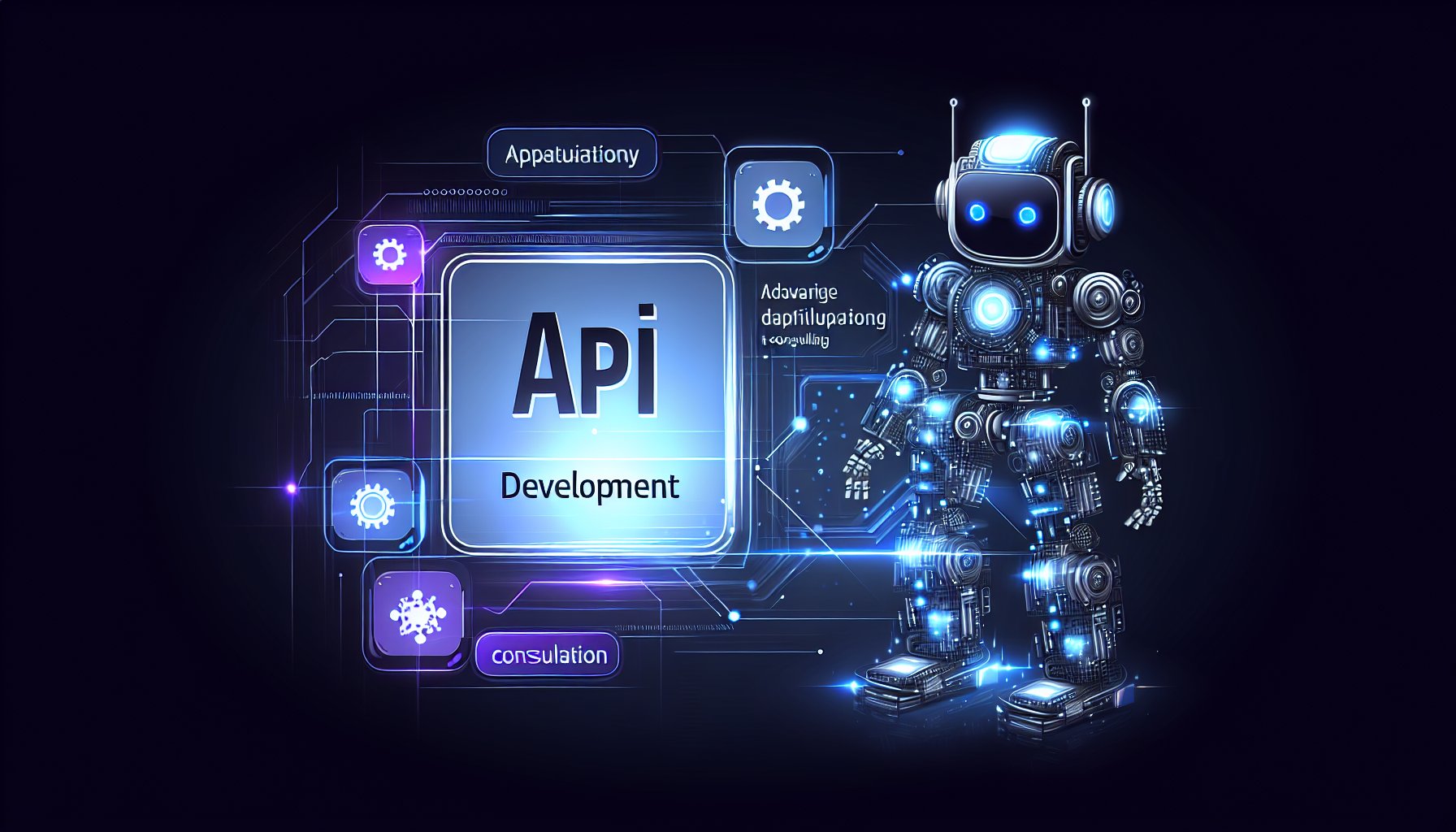Introduction
Welcome to the frontier of next-gen API development. As we navigate the dynamic landscape of 2025, APIs continue to play a pivotal role in connecting systems and powering innovative digital experiences. This post explores the latest trends, methodologies, and technologies shaping the future of API development.
Embracing RESTful APIs and GraphQL
RESTful APIs remain a standard for building web services, offering simplicity, scalability, and performance. However, GraphQL, a powerful data query and manipulation language, is gaining traction. GraphQL allows clients to request specific data, reducing over-fetching and improving efficiency, particularly valuable in mobile and IoT applications.
Code Example
# Define a GraphQL query
query {
user(id: 1) {
name
email
}
}
Microservices and Serverless Architecture
Microservices architecture, breaking applications into smaller, loosely coupled services, is becoming the norm. This approach enhances scalability and facilitates independent deployment. Complementing this trend is the rise of serverless architectures, allowing developers to focus on their code, leaving infrastructure management to cloud providers.
Automating with CI/CD
Continuous integration and continuous delivery (CI/CD) is a must-have for API development. It ensures code changes are regularly built, tested, and merged to a shared repository to identify issues early. Tools like Jenkins, Travis CI, and CircleCI are facilitating this process.
Securing APIs
With the increased reliance on APIs, security is paramount. Implementing OAuth 2.0 for authorization and using JWT (JSON Web Tokens) for secure transmission of information between parties are becoming industry standards. Additionally, rate limiting APIs can protect against DoS attacks.
API Testing and Documentation
API testing ensures reliability, functionality, and performance of APIs. Tools like Postman and Swagger are leading the way in API testing and documentation. GraphQL also provides introspection, a built-in documentation feature.
Code Example
# Use Swagger for API documentation
@Api({ title: 'Users API' })
@Controller('users')
export class UsersController {
constructor(private readonly usersService: UsersService) {}
@ApiOperation({ summary: 'Get all users' })
@ApiResponse({ status: 200, description: 'Users fetched successfully.' })
@Get()
findAll() {
return this.usersService.findAll();
}
}
Conclusion
The landscape of API development is ever-evolving, with new technologies and best practices emerging that offer improved efficiency, security, and scalability. By staying abreast of these trends—from GraphQL and microservices to CI/CD automation, API security and testing—we can ensure our APIs are future-ready and poised to drive digital innovation.
Key Takeaways
- Embrace the power of RESTful APIs and GraphQL for efficient data handling.
- Leverage the advantages of microservices and serverless architectures for scalability and focus on code.
- Automate with CI/CD for faster, more reliable deployments.
- Implement robust API security measures, including OAuth 2.0 and JWT.
- Use modern tools for thorough API testing and clear documentation.
